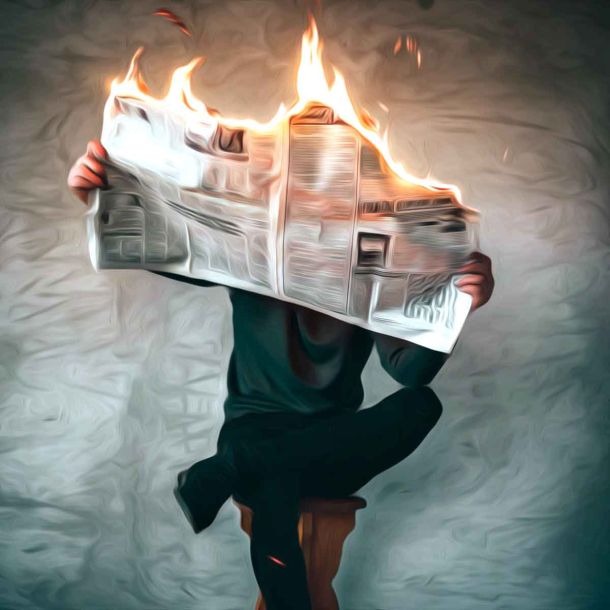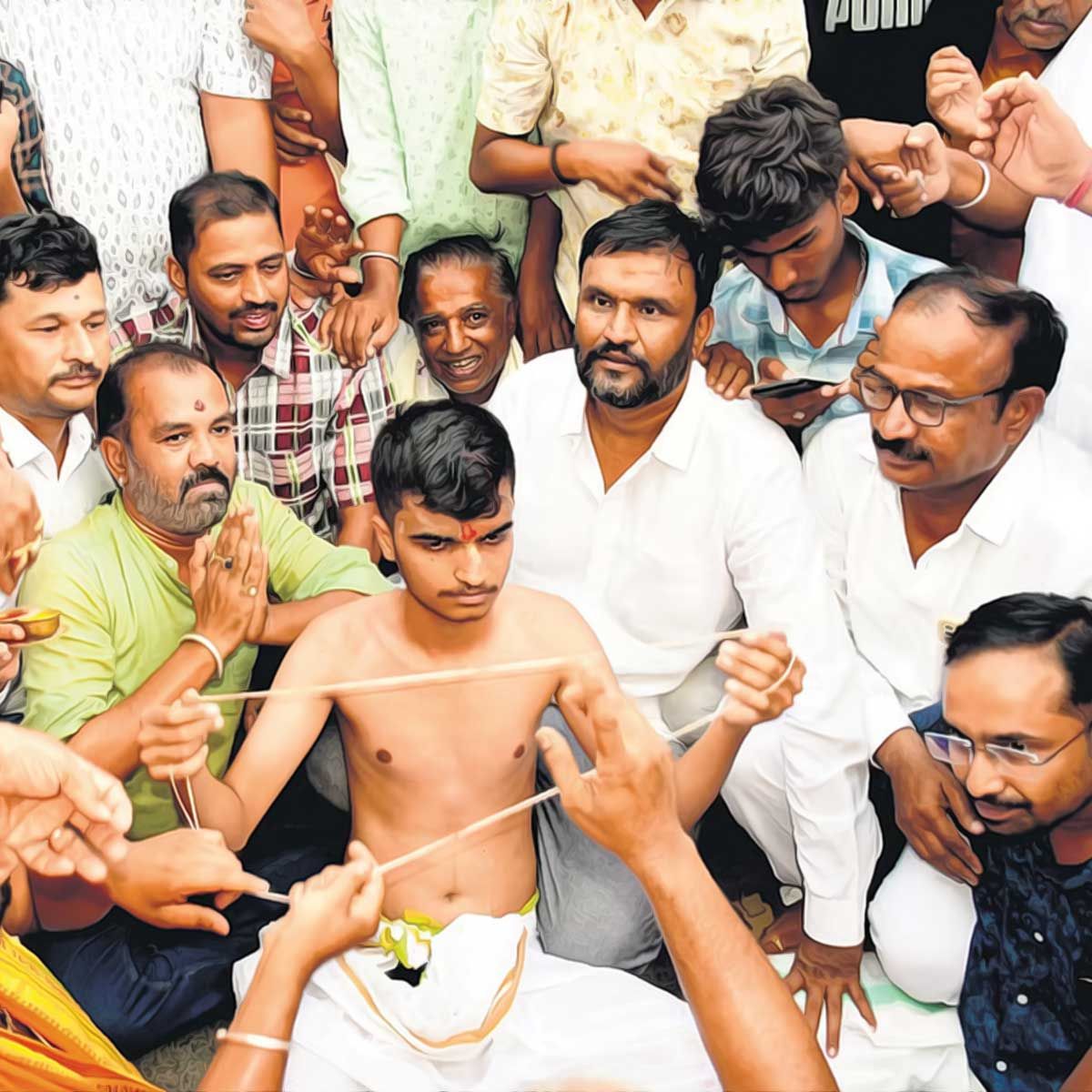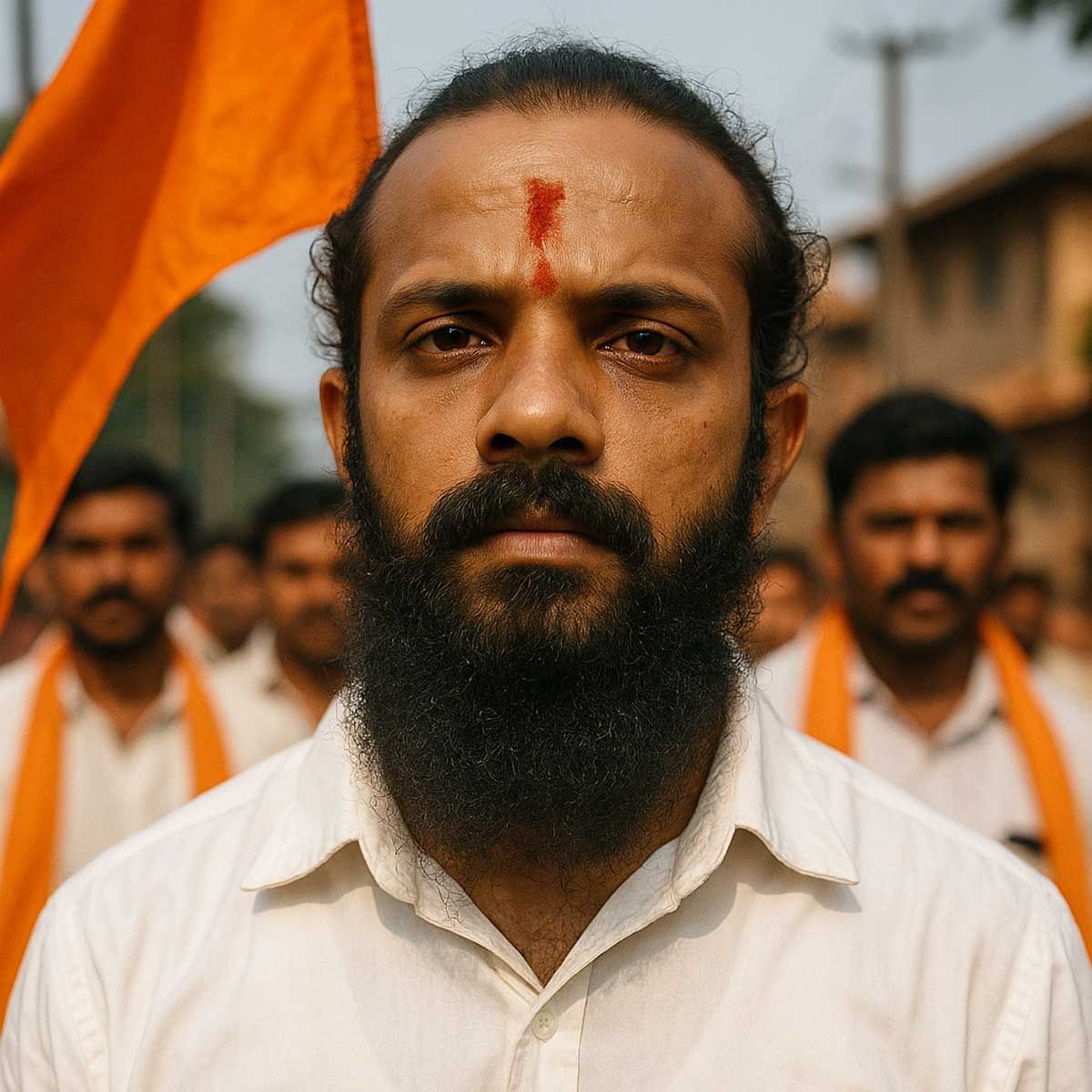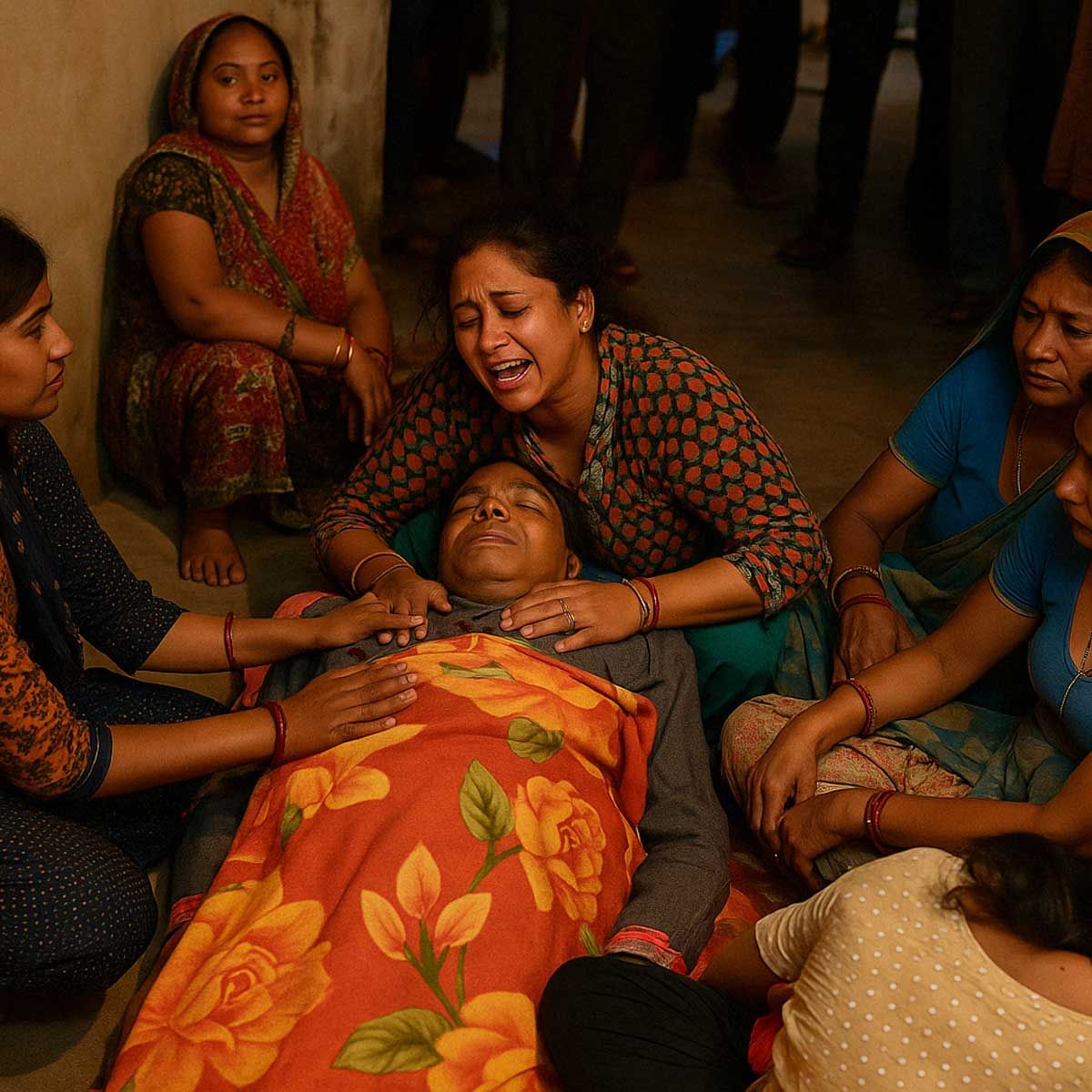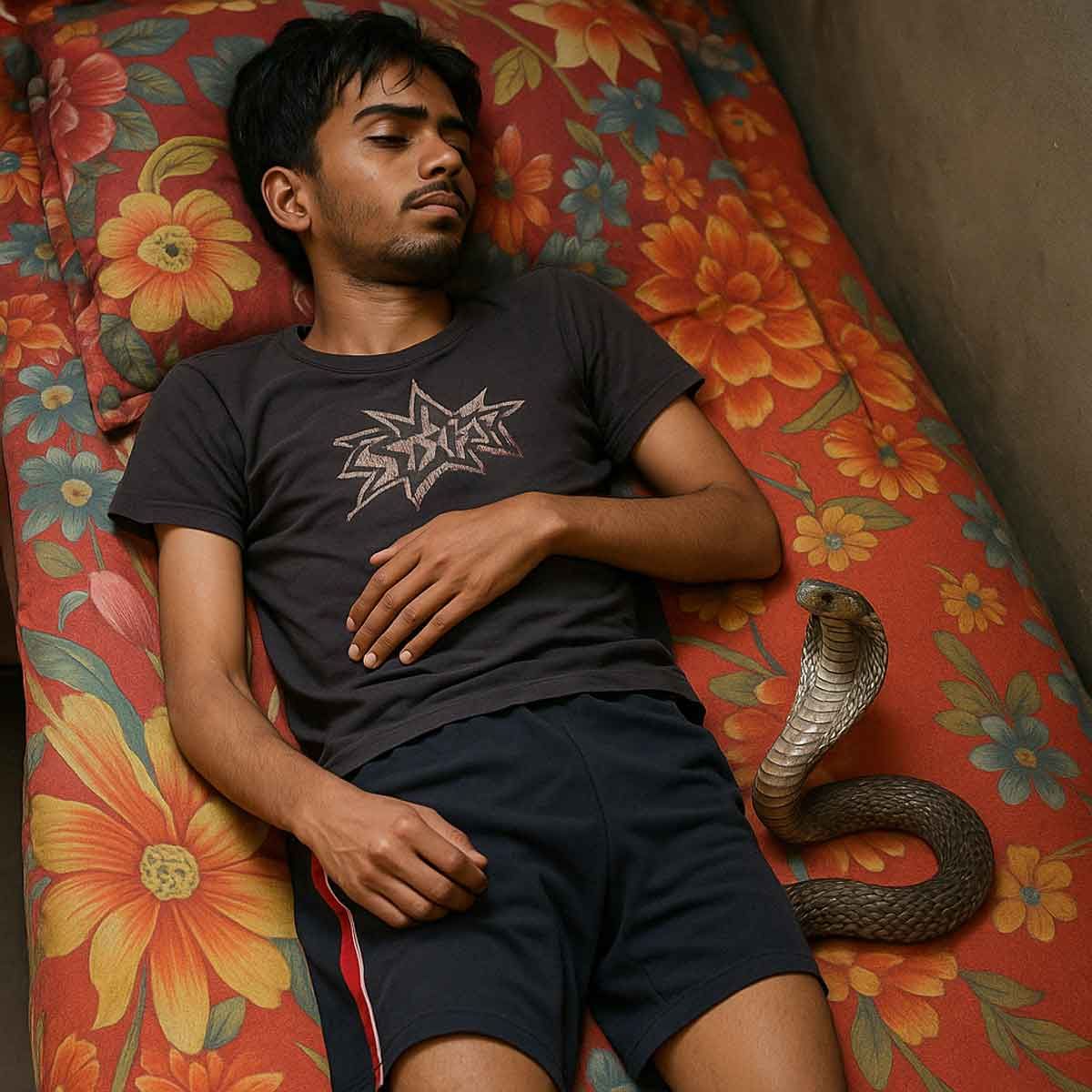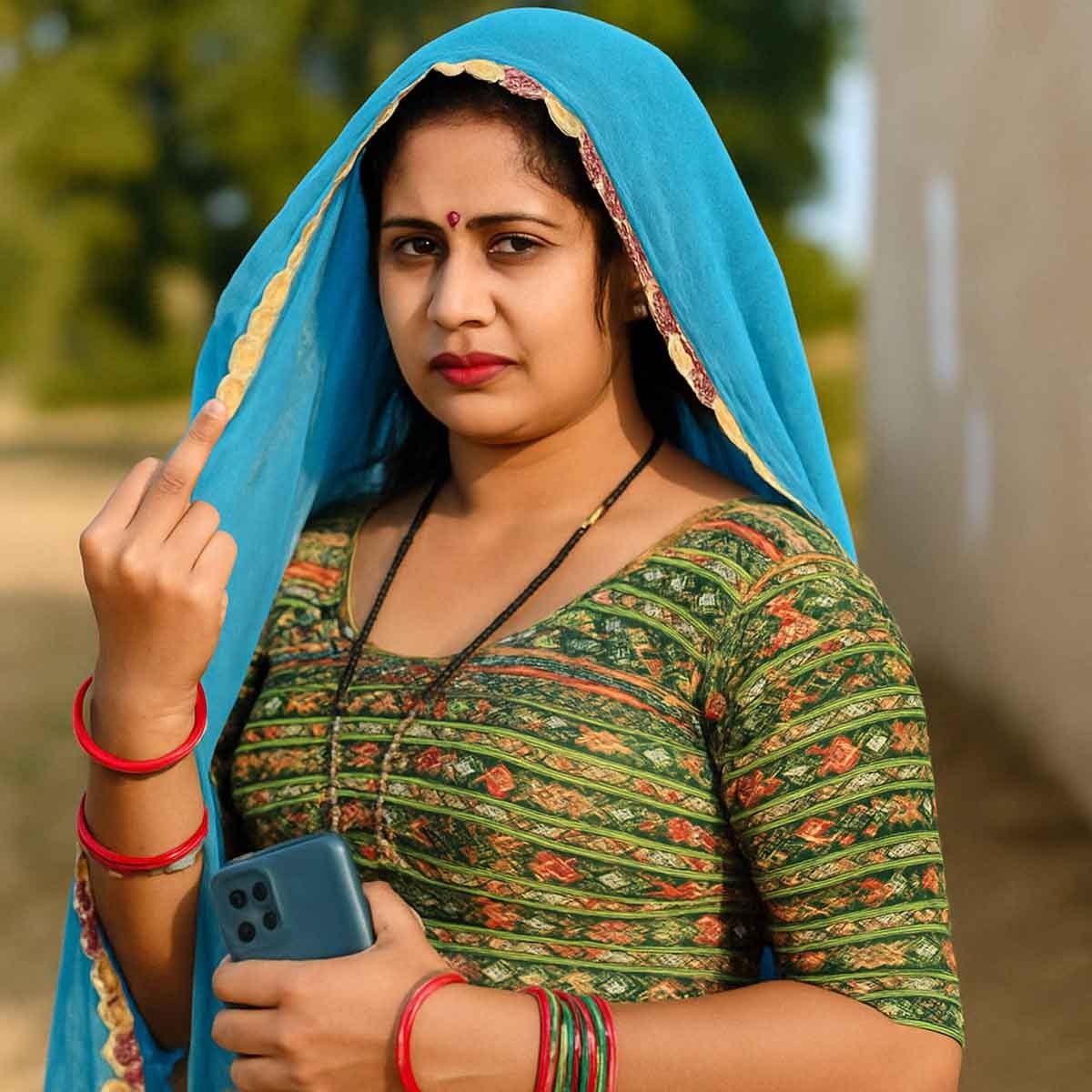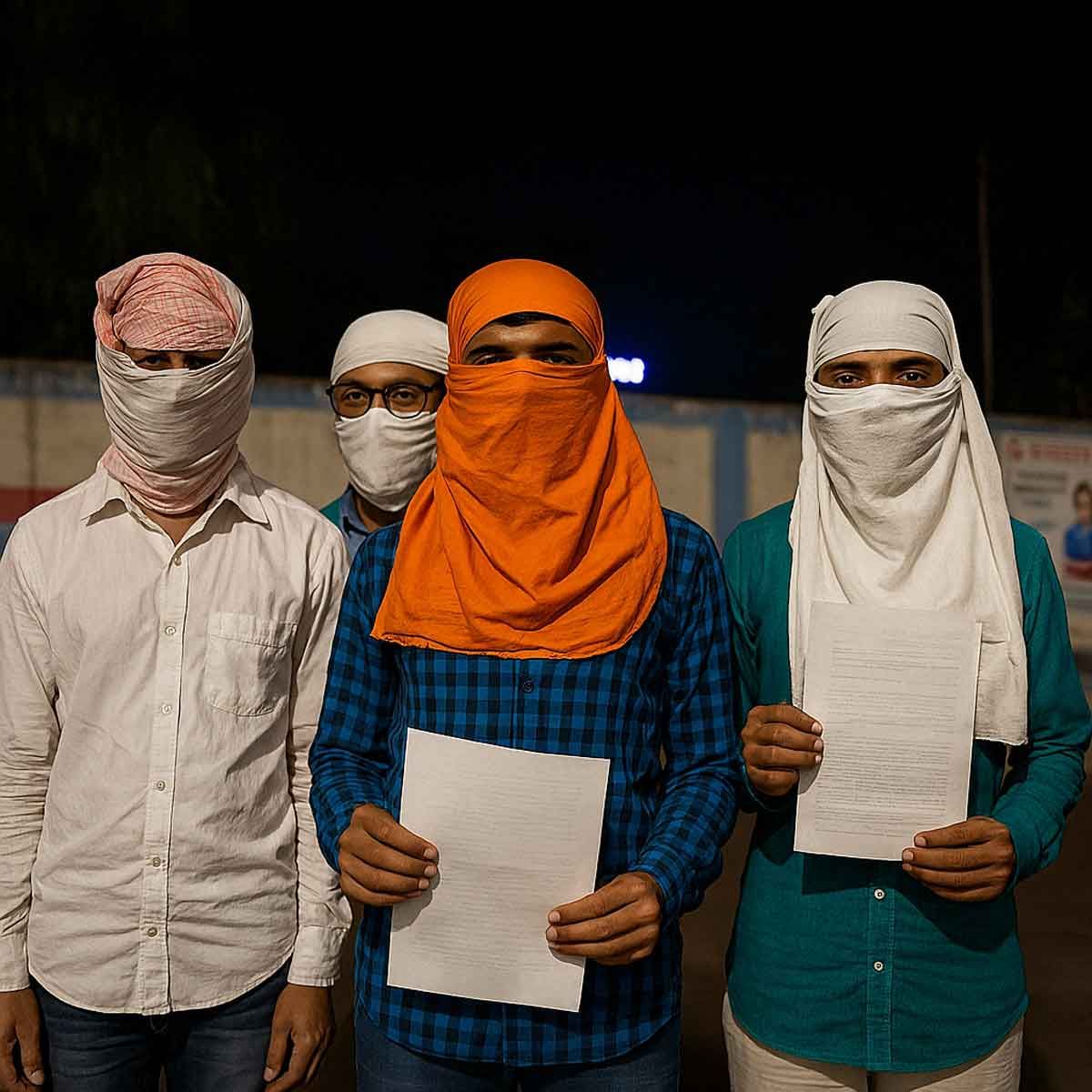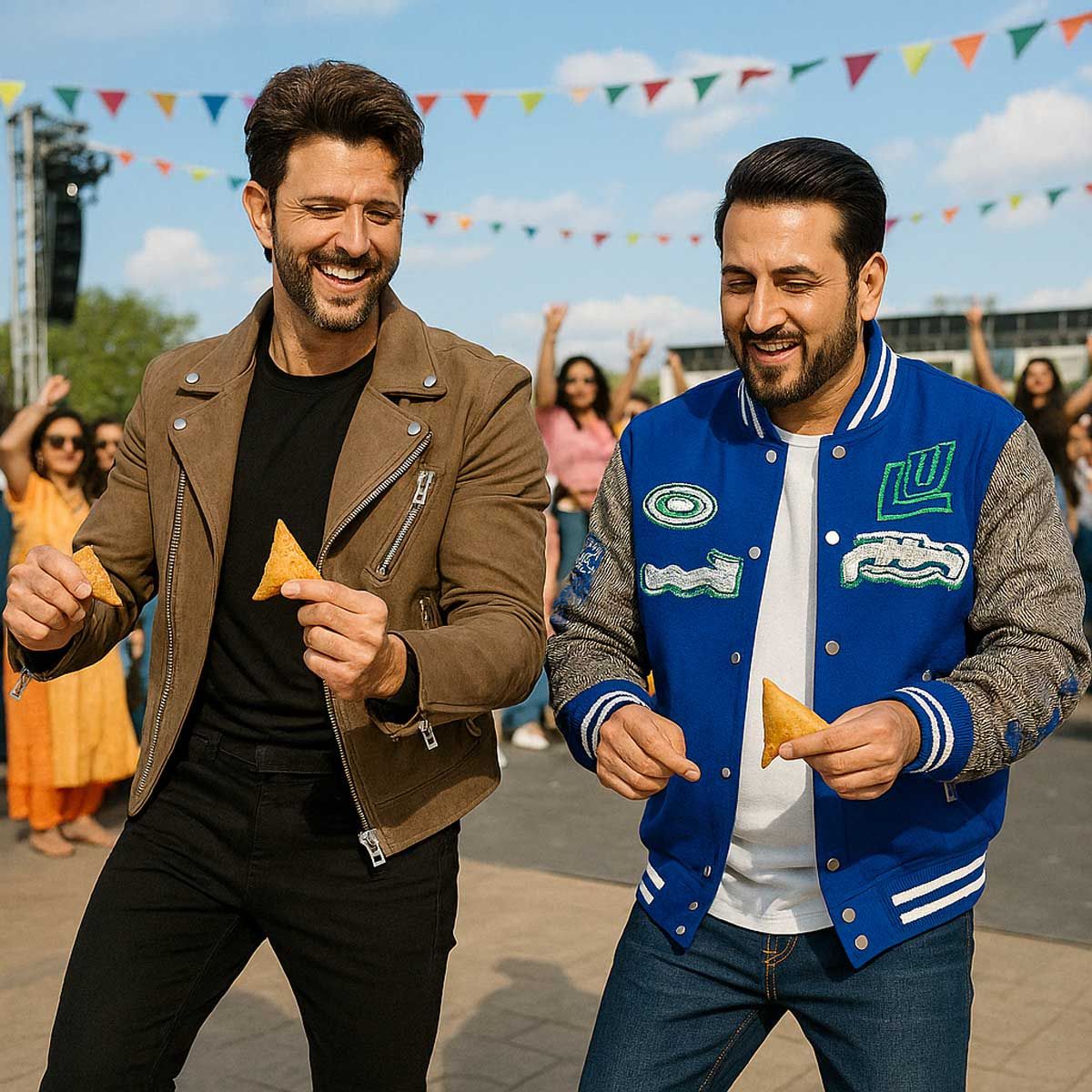More Coverage
Twitter Coverage
Satyaagrah
Written on
Satyaagrah
Written on
Satyaagrah
Written on
Satyaagrah
Written on
Satyaagrah
Written on
JOIN SATYAAGRAH SOCIAL MEDIA
Let’s remember Karsevaks this Diwali, who laid down their lives for Ram Temple: Ayodhya massacre of Hindu devotees, 2 Nov 1990
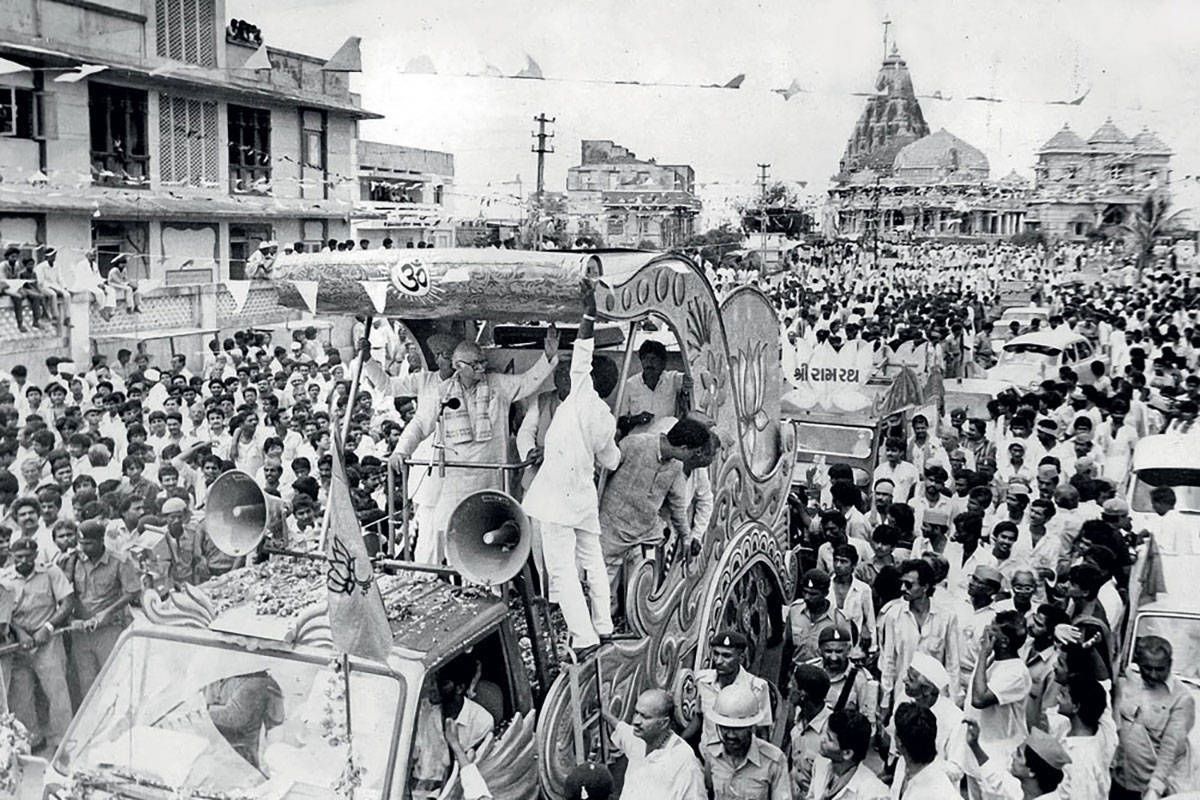
2 November 2021 marked the 31st anniversary of the day when horrifying brutality was meted out on thousands of Karsevaks and Hindu devotees who had gathered at the then disputed Babri structure site to reclaim the Janmabhoomi (birthplace) of Lord Rama.
It was the result of the sacrifice made by them on 2 November 1990 that fuelled the protests for reclamation of Lord Rama’s birthplace and culminated into the felling of the controversial structure in Ayodhya more than 2 years later, on December 6, 1992, when thousands of karsevaks scaled the walls of the Babri structure brought it to ground.
However, it took another 27 agonising years for Hindus to win the decades long dispute over the ownership of the disputed land in Ayodhya. In 2019, the Supreme Court of India put an end to the long legal struggle and awarded the land to the Hindus, paving the way for the construction of a bhavya (magnificent) Ram Mandir in Ayodhya.
On this day every year, millions of Hindus around the world adorn their homes with diyas and lights to celebrate the return of Lord Rama to Ayodhya. Nevertheless, the day, November 2, holds special significance for pious Hindu devotees who view it as a tipping point in the long and arduous struggle to reclaim the abode of Ram Lalla. This year, the day coincided with Dhanteras, the first day of the Diwali festivities. Also known as the festival of lights, Diwali marks the homecoming of Lord Rama after spending 14 years in exile.
What happened on 2 November 1990?
On 2 November 1990, orders from the powers that be to then IG SMP Sinha were clear. The Mulayam Singh government in Uttar Pradesh reportedly asked him to clear the streets occupied by karsevaks who were peacefully demonstrating to reclaim Ram Janmabhoomi. Sinha told his subordinates: There is a clear instruction from Lucknow that the crowd will not sit on the streets at any cost.
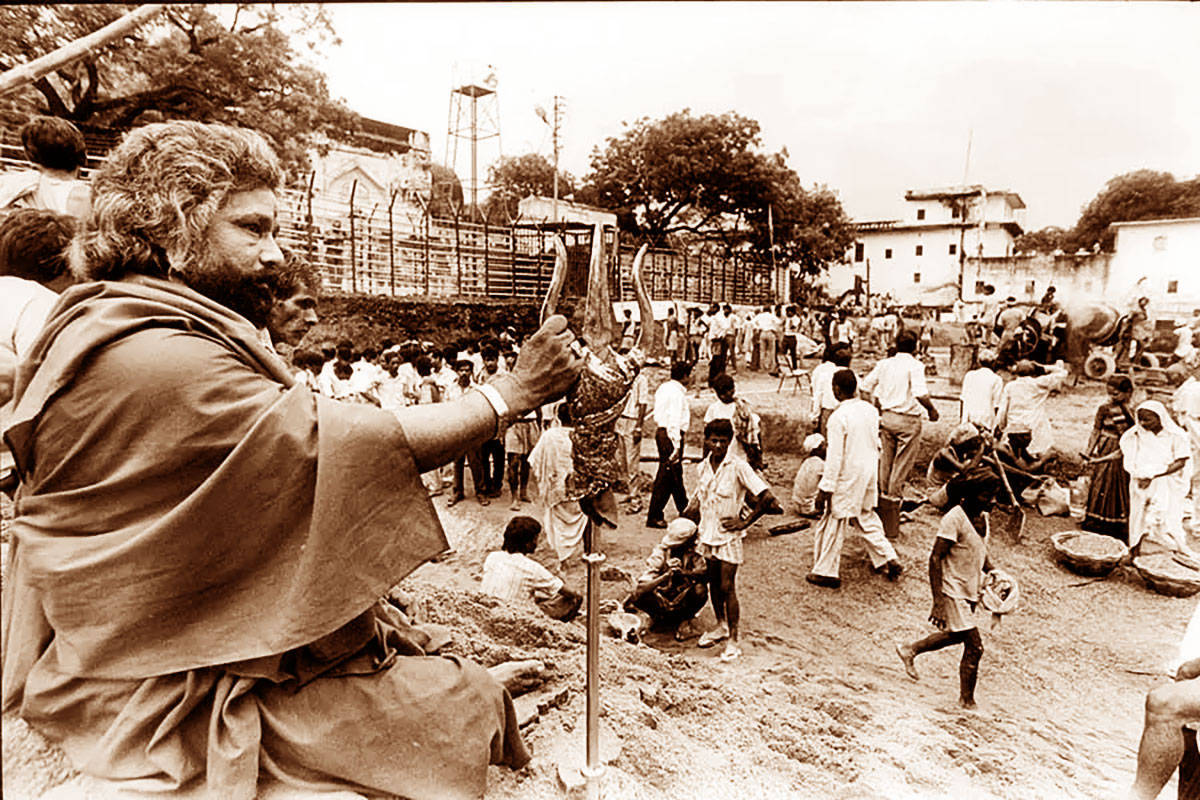 |
It was 9 am on the auspicious day of Kartik Purnima when Hindu saints and thousands of karsevaks, comprising also of women and elderly people, resumed their march towards the Ram Janmabhoomi site where the disputed structure then stood. The security forces, who were instructed to stop the Hindus from reaching the site, lined up on the road to block the way.
Whenever the security personnel tried to impede the Hindu devotees, they would sit there and start chanting the name of Lord Ram and reciting Bhajans (religious songs). They touched the feet of the security personnel, deployed to prevent them from marching ahead. Each time they did this the security personnel would move back and the karsevaks would move forward. Though unarmed, the karsevaks remained undeterred.
This kept happening in a loop until the IG passed orders and the police personnel sprung to action. Tear gas shells were fired, lathis were rained at the karsevaks, but the resolute Ram Bhakts neither counter-attacked nor did they agitate or falter. Suddenly the security personnel started responding by opening fire. Many Hindu devotees were targeted and gunned down. It’s believed that the security personnel hunted and targeted Hindus in every lane and bylane leading to the Ram Janmabhoomi and within no time the streets converted into a war zone.The security personnel neither offered help to the injured nor allowed anyone else to help them.
The police did not have any prior written order for firing. In fact, the district magistrate had signed the order after the police had carried out the firing. No karsevak was shot in the leg. All of them were shot in the head and chest. Which means that the security personnel had fired with an intention to kill and not injure.
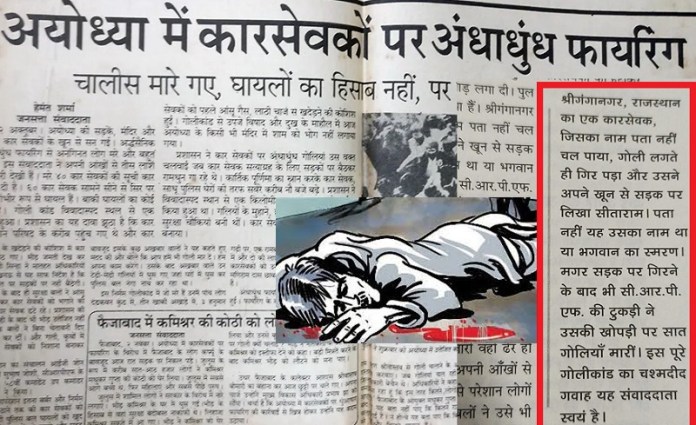 Media headline in November 1990 stating that indiscriminate firing was ordered at the Karsevaks |
Kothari brothers, the face of Ram Janmabhoomi movement, perished in the 2 November 1990 onslaught
It was in this carnage that the heroic Kothari brothers, who later became the face of the Ram Janmabhoomi movement, attained martyrdom. They had gathered in front of Hunumangarhi, a stone’s throw away from the disputed structure that was eventually demolished later. As the protesters sat on the road in protest and started singing religious hymns.
Out of the blue, security personnel at the behest of the then CM Mulayam Singh, started firing at the crowd and chased karsevaks across the area. Many people died from head wounds. There was a stampede at the Saryu Bridge, which killed a number of people. According to eye-witnesses, the Kothari brothers had mounted a saffron flag atop the Babri structure, but however, fell prey to the brutality meted out at the Karsevaks.
The death toll of karsevaks and Hindu devotees
The incident which occurred in Ayodhya, almost 30 years back, left an indelible mark in the history of India. After the brutal massacre, different media houses had come up with different numbers of those killed on November 2, 1990. In a report published the next day by Jansatta, the number of dead karsevaks was stated to be 40. It had also stated that 60 others were badly wounded in the incident while it could not give the exact number of people who escaped with minor injuries. Meanwhile, a journalist who was on the spot during the incident, reported the death toll to be 45.
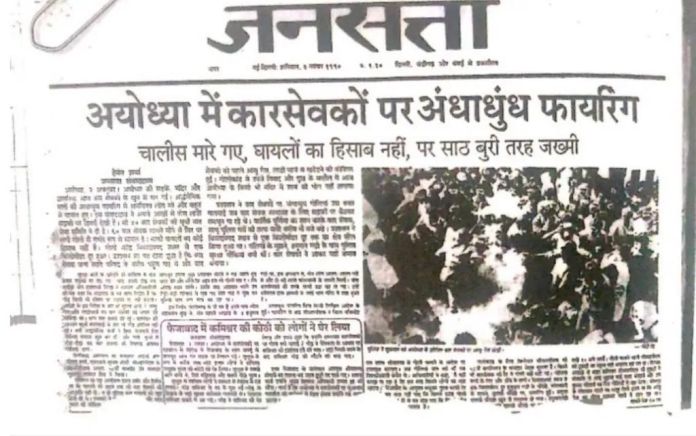 |
The Hindi daily Dainik Jagran had said that 100 people had died in the police firing, while Daily Aaj said this number was 400. Though the official report on the incident concluded that 16 people had been killed in the firing, however, the fact remained that the number was potentially far higher. The incident was even compared to independent India’s Jallianwala Bagh massacre.
On 3rd November 1990, a report published by Hindi daily Jansatta wrote:
A Karsevak of Sriganganagar, Rajasthan, whose name was not known, fell as soon as he was shot by the security personnel. As he fell, he wrote “Sitaram” on the road with his blood. It remains a mystery whether the Karsevak had written his own name or was it his devotion and adherence towards Lord Ram which made him write “Sitaram” in his own blood. The report had mentioned that even after the Karsevak fell to the ground, the CRPF personnel had shot seven bullets into his skull.
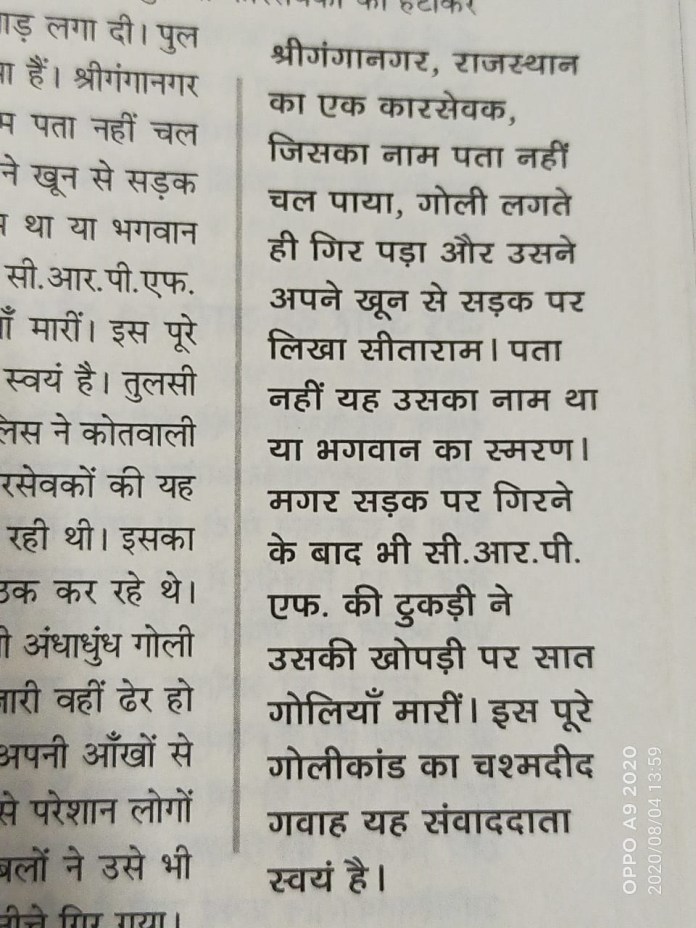 An extract from the e book Ayodhya ka Chashmadeed |
More details which had emerged regarding the November 2 carnage:
- The security personnel neither offered help to the injured nor allowed anyone else to help them.
- The police did not have any prior written order for firing. In fact, the district magistrate had signed the order after the police had carried out the firing.
- No Karsevak was shot in the leg. All of them were shot in the head and chest. Which means that the security personnel had fired with an intention to kill and not just injure.
- The Tulsi crossing was converted into a battlefield with the streets soaked in the Karsevak’s blood. Kothari brothers were dragged out of the Digambar Akhara and shot at.
- Ramachal Gupta, a 26-year-old Karsevak, was attacked by the police personnel from behind, while he led a group of two dozen devotees towards the Ram Janmabhoomi.
- Security forces entered the Digambar Akhada and started indiscriminately firing at the Sadhus present there.
- The priest of a Hindu temple situated in front of the police station was shot at.
- A Sadhu, who was standing on the rooftop and throwing buckets of water to help the tear-gassed people was also shot at.
- After the firing, the bodies of the devotees lying on the streets were filled in sacks and were disposed off.
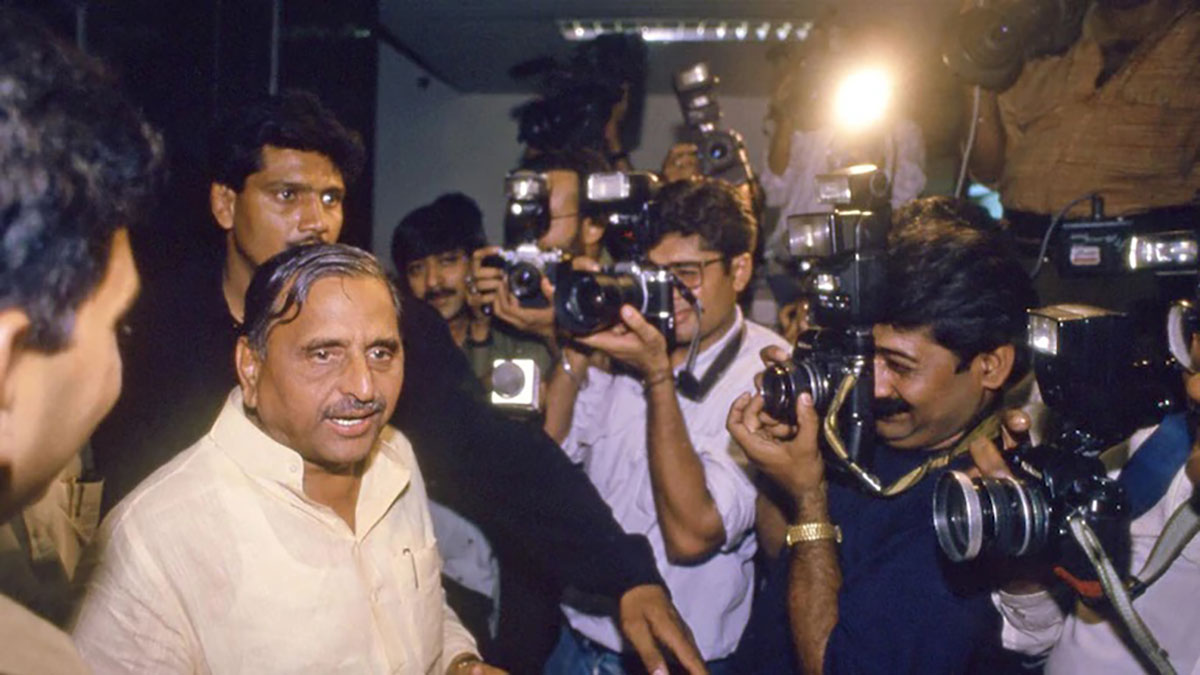 Mulayam Singh Yadav was the chief minister of Uttar Pradesh in 1990, when the BJP, VHP and the RSS had given a call for karseva in Ayodhya. With karsevaks marching towards Babri Masjid, he ordered the police to open fire. (Photo- India Today Archives) |
What delibrated ‘Mulla’ Mulayam to take such a whimsical stance
Most of them think that the demolition of the disputed structure on December 6, 1992, altered the communal landscape of India. But there is a background to this incident which shaped the events which led to the demolition of the Babri Masjid.
These series of events include LK Advani leading a nationwide Rathyatra, to persuade people to join in the construction of Ram temple at the Ram Janmabhoomi, where the disputed structure stood.
The VP Singh-led government then was on shaky ground at the Centre due to infighting in the ruling Janata Dal. In Uttar Pradesh, Mulayam Singh Yadav of the same party was the chief minister. The Janata Dal was vehemently against the Ayodhya campaign by the RSS, the BJP and the VHP.
“Let them try and enter Ayodhya. We will teach them the meaning of law. No masjid will be broken.” Mulayam Singh Yadav, in an attempt to please the Muslim vote bank, had declared in October 1990, opposing the rath yatra of LK Advani.
LK Advani could not enter Ayodhya as he was arrested in Bihar by the Lalu Prasad government of the Janata Dal. Advani’s arrest by Lalu Prasad proved to be a game-changer. Lalu overnight became a hero in the eyes of the Muslims. Mulayam Singh, miffed by this strategy laid by Lalu Prasad at the behest of VP Singh at the centre thought of doing something which could immediately pose him as the hero in front of the Muslim vote bank. Mulayam Singh probably then decided that killing unarmed Karsevaks will project a heroic image of him for the Muslims.
On the morning of October 30, the police had barricaded about 1.5 km-long pathway to the disputed structure. Ayodhya was in an unprecedented security cordon. Curfew had been imposed. Yet, sadhus and Karsevaks marched towards the structure.
By noon, police received orders from then Chief Minister Mulayam Singh Yadav to open fire at the karsevaks. The firing led to chaos and stampede. Police chased down the karsevaks in the streets of Ayodhya.
Another round of clash erupted on November 2, when the Karsevaks came back and resumed their march towards the Ram Janmabhoomi site.
It was reported then that the police had disposed of many dead bodies, either by cremating them at unknown places or by dumping them into the Saryu River in sacks. The news of the shootings was mostly suppressed from the Indian media then, however, the Chief Minister of Uttar Pradesh was given the sobriquet ‘Mulla’ Mulayam Singh for his pro-Muslim stance during the incident.
Mulayam Singh Yadav earned the sobriquet ‘Mullah Mulayam’ by the Muslim community for issuing orders to fire at karsevaks. In 2017, the Samajwadi Party patriarch stood by his decision of asking the forces to fire upon the karsevaks marching towards Ayodhya. If this wasn’t enough, adding insult to the injury, Mulayam Singh Yadav quipped, “If more people were required to be killed for the sake of the country’s unity and integrity, the security forces would have done it.”
References:
indiatoday.in - Prabhash K Dutta
opindia.com - OpIndia Staff
 Support Us
Support Us
Satyagraha was born from the heart of our land, with an undying aim to unveil the true essence of Bharat. It seeks to illuminate the hidden tales of our valiant freedom fighters and the rich chronicles that haven't yet sung their complete melody in the mainstream.
While platforms like NDTV and 'The Wire' effortlessly garner funds under the banner of safeguarding democracy, we at Satyagraha walk a different path. Our strength and resonance come from you. In this journey to weave a stronger Bharat, every little contribution amplifies our voice. Let's come together, contribute as you can, and champion the true spirit of our nation.
 |  |  |
| ICICI Bank of Satyaagrah | Razorpay Bank of Satyaagrah | PayPal Bank of Satyaagrah - For International Payments |
If all above doesn't work, then try the LINK below:
Please share the article on other platforms
DISCLAIMER: The author is solely responsible for the views expressed in this article. The author carries the responsibility for citing and/or licensing of images utilized within the text. The website also frequently uses non-commercial images for representational purposes only in line with the article. We are not responsible for the authenticity of such images. If some images have a copyright issue, we request the person/entity to contact us at This email address is being protected from spambots. You need JavaScript enabled to view it. and we will take the necessary actions to resolve the issue.
Related Articles
- Propaganda techniques to blame Hindus for violence and paint Muslim aggressors as ‘good samaritans’
- Hindus documented massacres for 1000s of years: Incomplete but indicative History of Attacks on India from 636 AD
- Calcutta Quran Petition: A petition to ban the Quran altogether was filed 36 years ago, even before Waseem Rizvi petitioned for removing 26 verses from Quran
- Godse's speech and analysis of fanaticism of Gandhi: Hindus should never be angry against Muslims
- The Spiritual Centre of Hindu Society - Defence of Hindu Society
- Manyavar commercial featuring Alia Bhatt vilifies Hindu wedding ritual Kanyadaan: Why not object Western practice of ‘giving away the bride’ and Nikah (marriage contract)
- Public grounds in Gurugram are ‘Muslim sites’ as per Guardian: Muslims have right to offer namaz at those places
- Why India’s temples must be freed from government control
- Aurangzeb banned Diwali 350 years ago, Courts and governments are just following Mughal ruler
- Narasimha Rao govt brought places of Worship Act as a hurdle in reclaiming ancient Hindu heritage destroyed by Muslim invaders
- Leftist culture of abuse and targeted attacks: Journalists and entertainers had to face Islamist harassment
- Prophecies of Jogendra Nath Mandal getting real after seventy years of his return from Pakistan
- After continuous protests from Hindus, Gurugram administration withdraws its decision to allow Namaz in 8 public places
- ‘State in denial, admin lied about no complaints being filed, prima facie evidence of violence’: Everything Calcutta HC said on Bengal post-poll violence
- Supreme Court dismisses plea seeking protection of Hindus from the Muslim community in Mewat






